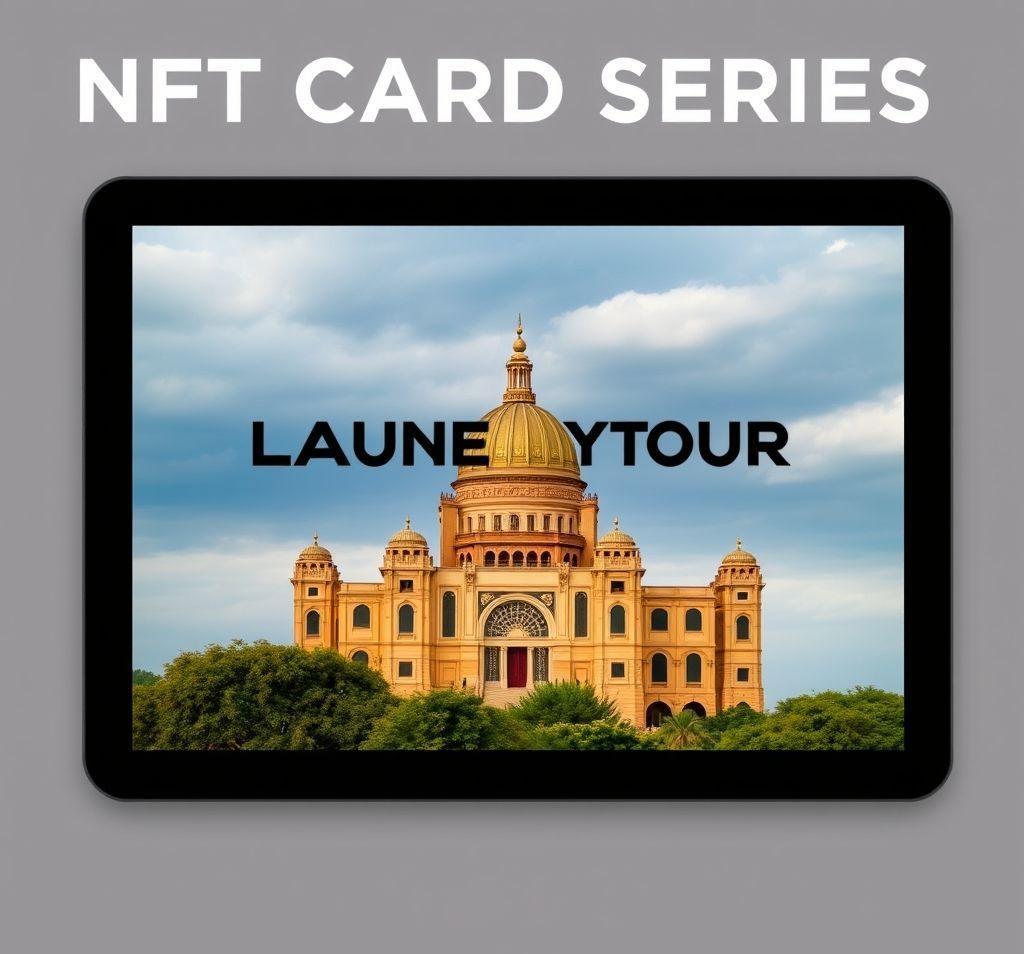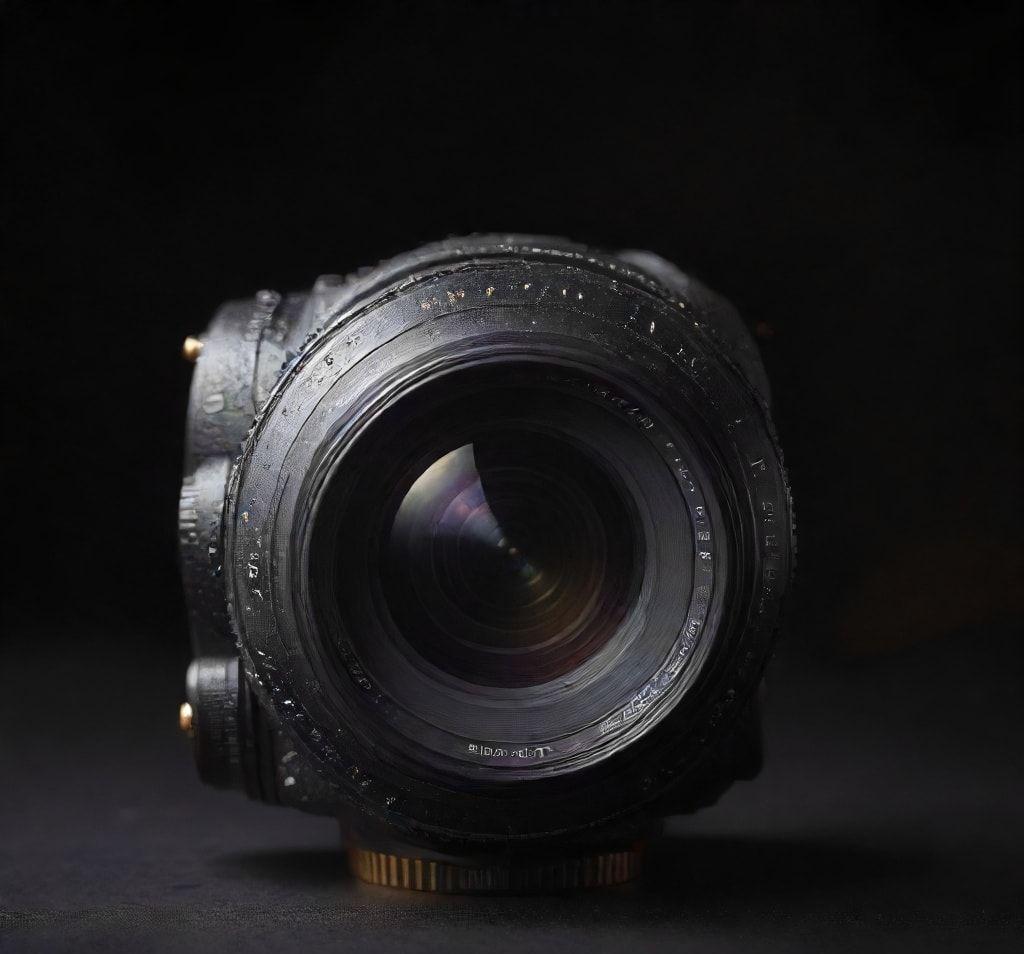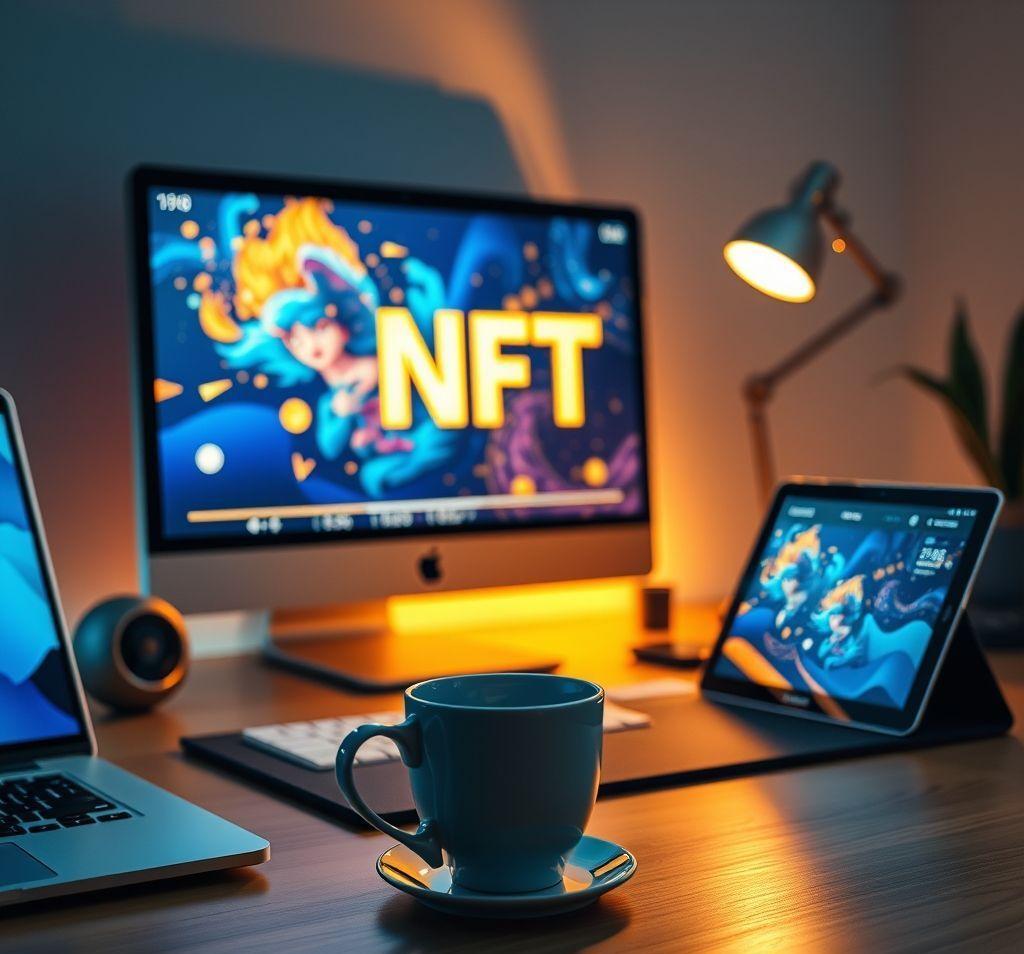
“`html
Building a Digital Empire: How to Launch Your Own NFT Card Series
NFT card collections are booming, offering artists and creators a revolutionary way to connect with fans and monetize their work. This guide provides a step-by-step roadmap to launching your own successful NFT card series, covering everything from concept and design to smart contracts and marketing. Prepare to unlock the potential of blockchain technology and build your own digital empire!
Define Your Collection’s Vision
Before diving into the technical aspects, solidify your collection’s identity. What’s the theme? What story are you telling? Who is your target audience? A clear vision will guide your design and marketing efforts. Consider these factors:
- Theme & Concept: Is it based on original characters, real-world figures, or abstract art? A strong theme resonates with collectors.
- Rarity & Attributes: Plan the different rarity tiers (common, rare, legendary, etc.) and the attributes that will differentiate each card (backgrounds, accessories, special effects). Think carefully about how these will be visually represented and how they’ll impact the value perceived by collectors. Implement a well-defined system for rarity. Consider traits that appeal to collectors, like nods to internet culture or inside jokes within your community.
- Utility: Will the cards have any utility beyond collectibility? Could they unlock exclusive content, grant access to events, or provide in-game advantages? Utility can significantly boost demand. Think about long-term value. How can you continue to reward collectors over time? Consider staking mechanisms, voting rights within your community, or future airdrops.
- Art Style: Maintain a consistent art style throughout the collection. Consider hiring an artist whose style aligns with your vision if you don’t possess the necessary skills. Ensure the art is high-quality and visually appealing. Blurry or poorly designed cards will deter collectors.
Crafting Your NFT Cards
This stage involves bringing your vision to life through design and creation. It’s crucial to prioritize quality and attention to detail:
- Design & Artwork: Create visually stunning and unique card designs. Use professional software like Adobe Photoshop or Illustrator. Ensure the artwork is high-resolution and optimized for web display. Consider working with a professional designer or artist.
- Metadata Creation: This is *critical*. Metadata provides information about each NFT, including its name, description, attributes, and rarity. This data is stored on the blockchain. Structure your metadata meticulously. Use a consistent format (e.g., JSON). Include searchable keywords that will help collectors find your cards on marketplaces. Consider using IPFS (InterPlanetary File System) to store your artwork and metadata in a decentralized manner. This ensures the longevity and immutability of your NFT data.
- Rarity Assignment: Assign rarity levels to each card based on your predefined criteria. This is typically done within the metadata. Double-check your rarity distribution to ensure balance and avoid skewed ratios.
Minting and Deployment
Minting transforms your digital art into NFTs on the blockchain. This typically involves creating a smart contract and deploying it on a blockchain network. Choose the right blockchain based on factors like gas fees, transaction speed, and community support:
- Choose a Blockchain: Ethereum remains the most popular choice, but alternatives like Polygon, Solana, and Avalanche offer lower fees and faster transaction times. Research each option carefully to determine the best fit for your project’s needs and budget.
- Smart Contract Development: A smart contract governs the minting process, ensuring fair distribution and managing ownership. You can either hire a smart contract developer or use a no-code platform like NFTically or Manifold Studio to generate a contract. Understand the implications of different contract standards (e.g., ERC-721, ERC-1155). ERC-721 is typically used for unique, individual NFTs, while ERC-1155 is more suitable for collections with multiple copies of the same item. Ensure the contract is audited by a reputable firm to prevent vulnerabilities and security breaches.
- Minting Process: Determine your minting strategy. Will it be a public sale, a whitelist sale, or a presale for early supporters? Consider implementing a “reveal” mechanism, where the specific artwork of the NFT is hidden until after minting, adding an element of excitement and surprise.
- Deployment: Deploy your smart contract to the chosen blockchain network. This involves paying gas fees, so be prepared for the costs. Thoroughly test your contract on a testnet before deploying it to the mainnet.
Marketing and Community Building
A successful NFT launch hinges on effective marketing and community engagement. Build a strong community before, during, and after the launch:
- Website & Social Media: Create a professional website showcasing your collection, its story, and the team behind it. Establish a presence on relevant social media platforms like Twitter, Discord, and Instagram.
- Community Engagement: Engage actively with your community. Host AMAs (Ask Me Anything) sessions, run contests and giveaways, and solicit feedback on your project. Foster a sense of ownership and belonging among your collectors.
- Influencer Marketing: Partner with relevant NFT influencers and KOLs (Key Opinion Leaders) to promote your collection.
- PR & Media Outreach: Reach out to NFT news outlets and blogs to secure press coverage.
- Listing on Marketplaces: List your collection on popular NFT marketplaces like OpenSea, Rarible, or LooksRare. Optimize your listings with relevant keywords and appealing descriptions.
- Long-Term Strategy: Think beyond the initial launch. How will you continue to engage your community and add value to your collection over time? Consider future collaborations, airdrops, and new utility features.
Launching an NFT card collection requires careful planning, meticulous execution, and a genuine commitment to building a strong community. By defining your vision, crafting compelling art, mastering the technical aspects, and fostering genuine engagement, you can position yourself for success in the exciting world of NFTs. Remember that persistence, adaptability, and a passion for your project are key ingredients for building a lasting digital empire. Good luck, and happy creating!
“`




No Comments